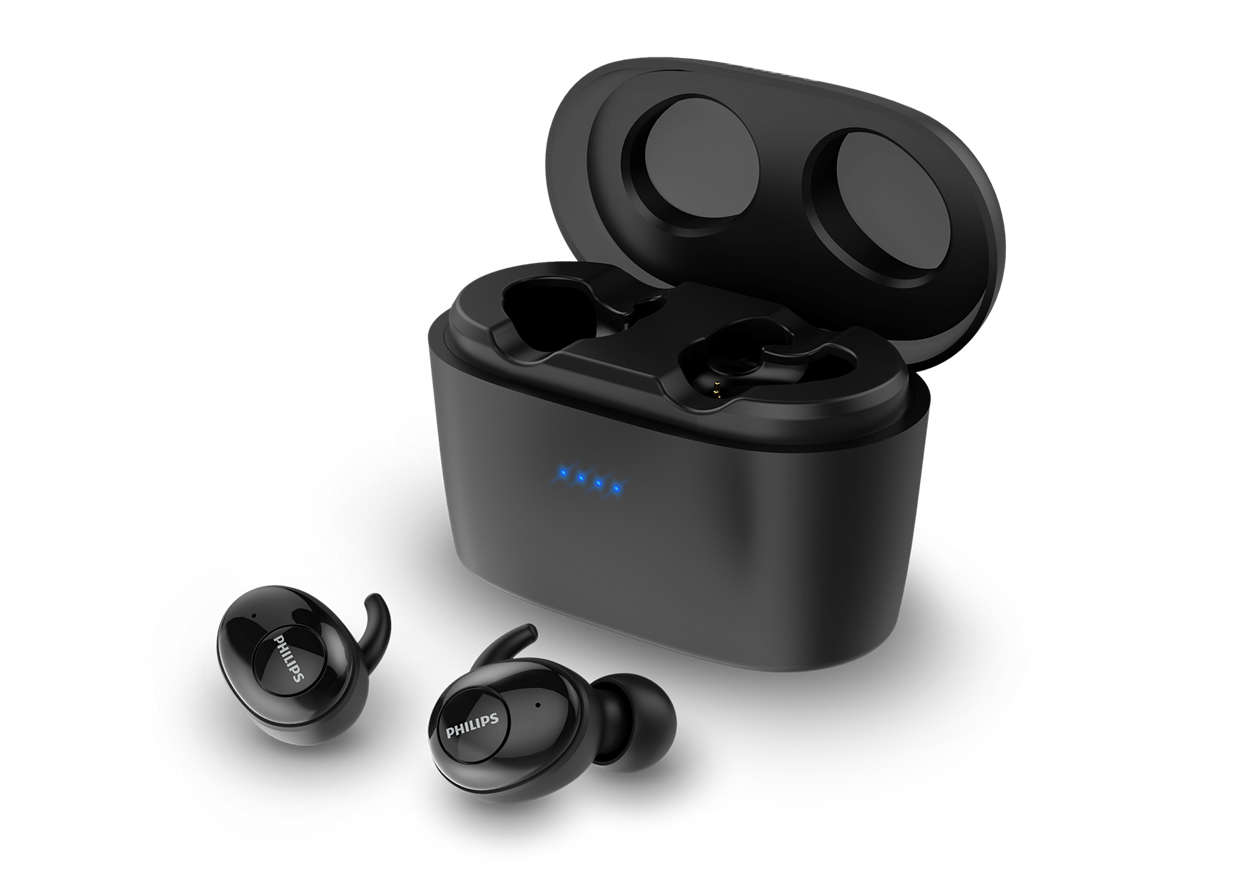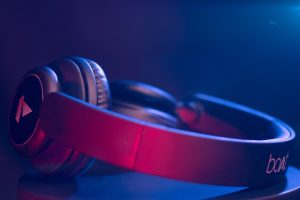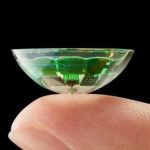Choosing Wireless Headphones
When it comes to choosing Wireless Headphones, there are a number of factors that you should keep in mind before you make a purchase. For example, you should look into the Impedance, Battery life, and noise cancellation features of the headset. Furthermore, you should consider the weight and size of the headset and how comfortable it is to wear.
Impedance of wireless headphones
The impedance of wireless headphones is the measure of their resistance to an electrical current. This determines whether or not the headphones can be paired with battery powered devices. Higher impedance headphones may not sound very loud when paired with an iPod or smartphone.
Impedance is important to those who want to hear every note and vibration in their music. Although headphones with low impedance can still deliver high quality sound, you should pay close attention to the impedance of your headphones.
The impedance of headphones can be affected by the type of voice coil. For example, a thicker voice coil means less resistance. Likewise, a thin coil allows less air to travel between its layers. In addition to the thickness, the coil will be more responsive, making the electromagnetic field stronger. Thinner coils also reduce distortion.
The impedance of wireless headphones is the most important specification to look for. Headphones with a low impedance will not work well with battery-powered audio sources. On the other hand, a high-impedance model will work well with dedicated amplifiers. However,
Depending on the type of device, impedance will affect the sound quality. For example, a Beyerdynamic DT 770 Pro has three different impedance variants. The higher-impedance version will work with some smartphones, but is unlikely to work with all smartphones.
When looking at headphone impedance, it is important to understand what the numbers mean. Headphones with a high impedance can have better bass response. Headphones with a low impedance can be a good choice for home use, especially if you need a wireless headset. However, a low-impedance model will be less desirable for professional use.
Battery life of wireless headphones
A battery that lasts for a long time is an important feature to look for in wireless headphones. Modern models are equipped with a charging cable that allows you to continue using your headphones even when the battery life is low. For example, if you are using the Bose Qc 35 wireless headphones, you can use the AUX cable to continue listening to music without a problem. This will save your battery life. You also want to make sure that you are using your headphones regularly.
Another important factor is the Bluetooth technology of the wireless headphones. Bluetooth low energy or 4.0 consumes less power when in standby mode. Therefore, it will give you longer battery life. Bluetooth aptX profiles ensure that the device is transmitting a high-quality signal, which will ensure that your music stays clear and uninterrupted.
To extend the battery life of your wireless headphones, you need to use the right charger for them. If you are using Bluetooth headphones, it is best to use the charger provided with the device. It is also essential to avoid using the wrong type of charging cable for your wireless headphones. Using the wrong charger will shorten the battery life and make them less reliable.
The battery life of your wireless headphones varies from one brand to another. On average, a pair of wireless headphones can last up to four hours between charges. Some models have quick-charge features, which allow you to recharge the device in just a few hours. Some models are so advanced that they charge within two minutes.
Depending on the brand, wireless headphones may last for between four and twenty hours. This will depend on how often you use them. Some Bluetooth headsets can last up to 30 hours. The battery life is also influenced by the volume you’re listening to. If you listen to music at high volume, the battery life of your wireless headphones will be much shorter.
Battery life of wireless headphones has improved greatly in recent years. Even so, they still require charging. The T5 True Wireless Earphones, for instance, offer an eight-hour battery life on a single charge and a full day of use.
Impedance of Infrared headphones
Impedance is a measure of how much power a particular headphone is able to carry. A high impedance headphone will have less power than a low-impedance one. This is ideal for portable devices, as it will limit the maximum volume and increase battery life. Most manufacturers offer several different levels of impedance. Beyerdynamic, for example, offers an extensive range.
The resistance of headphones depends on their quality and the material of the headphones. The headphones must be able to overcome this resistance to deliver the audio signal. If there is a poor impedance, the headphones will not be able to deliver the audio signal to the user.
The resistance of headphones is measured in ohms. The lower the resistance, the better. Higher impedance headphones are ideal for dedicated amplifier users, while low-impedance headphones are suitable for smartphones and other portable gear. Keep in mind that a higher impedance will result in increased power consumption, which is not always desirable.
Impedance is a measure of the amount of resistance a headphone is able to resist an electrical current. This resistance is measured in ohms. Headphones with an impedance of 110 Ohms will experience a loss of approximately -6.0 dB when connected to an amplifier. The higher the source impedance, the higher the load loss will be.
Another measurement of impedance is the dB/mW. Higher dB/mW headphones have more sensitivity and will play louder than headphones with low dB/mW. Higher dB/mW headphones will be louder than headphones with a lower dB/mW at 100 ohms. However, different levels of sensitivity will suit different situations, depending on the situation. High-end headphones have high impedance because they can use more turns of wire in the voice coil.
Noise cancellation of wireless headphones
Wireless headphones with noise cancellation can reduce the amount of external noise. Various methods are used to achieve this. Some headsets come with a special wind sock to block outside noise, while more advanced headphones have two microphones with some distance between them. These mics pick up your voice more efficiently than one another, and then a digital algorithm subtracts the outside noise.
The Apple AirPods are one of the best pure noise cancelling headphones available. The only real competitor is the Sony WH-1000XM5, but they’re expensive and limited to the iPhone. Other competing models are similar in ANC performance, but have better sound quality. So, if you need noise cancellation but want the best sound quality, it’s better to choose one of these.
Wireless headphones with noise cancellation feature various modes for better sound quality. You can switch between pure noise cancellation and listening to music with the lowest volume. You can also use the headphones in transparent or hear-through mode to adjust the amount of noise you can hear. Bose was one of the pioneers in ANC technology and is still a top player for die-hard fans. The Quiet Comfort 45 headphones from Bose provide excellent sound isolation while being affordable.














